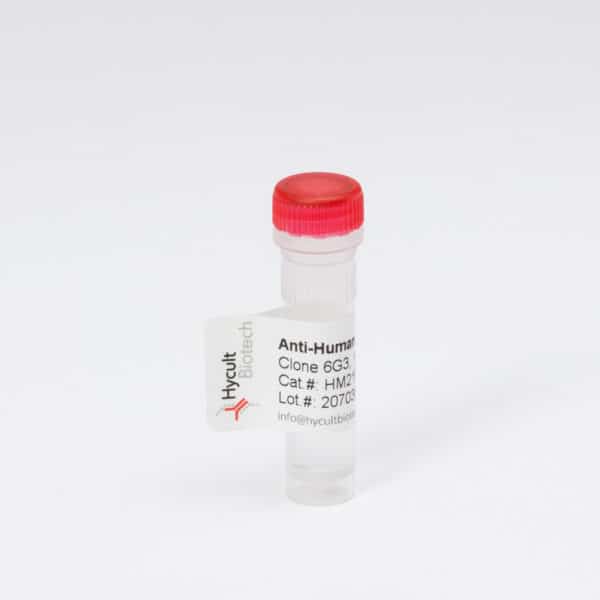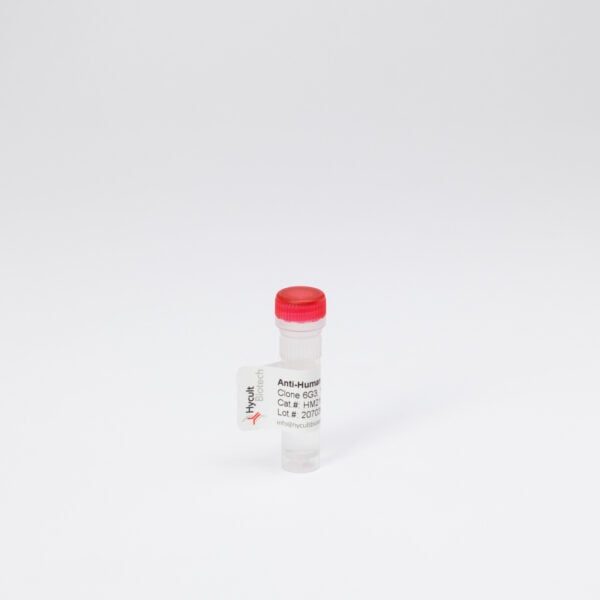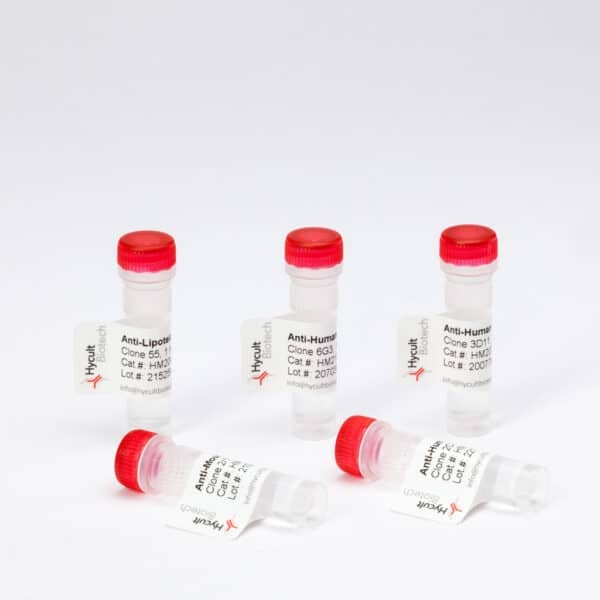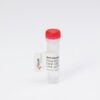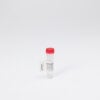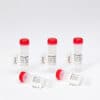Ubiquitin, mAb Ubi-1
€125.00 – €390.00
The monoclonal antibody Ubi-1 recognizes ubiquitin, both conjugated and unconjugated. Ubiquitin is a highly conserved globular 76 amino acid protein of about 8.5 kDa. It has an important role in the targeting of proteins for proteolytic degradation. Proteins to be degraded are covalently coupled to the C-terminus of ubiquitin by means of ubiquitin ligases. The ubiquitin itself is frequently also ubiquitinated, producing a polyubiquitin chain. The polyubiquitinated complex is then recognized by a complex of degradative enzymes which form the proteosome. Ubiquitin is also covalently attached to a variety of other pathological inclusions seen in human diseases which appear to be resistant to normal degradation. These inclusions include the neurofibrillary tangles of Alzheimer’s disease and progressive supranuclear palsy, Pick bodies of Pick’s disease, Lewy bodies of Parkinson’s disease, Mallory bodies of alcoholic liver disease, Rosenthal fibers of Alexander’s disease, and the inclusion bodies in inclusion myositis and oculopharyngeal muscular dystrophy. The ubiquitin molecule appears to be present in all eukaryotic cells and has an identical primary structure in all animals. Reactivity has been shown in human, bovine, chicken, Drosophilia and C. elegans. Ubiquitin is present in the nucleus, cytoplasm and on cell surface membranes. The monoclonal antibody Ubi-1 was raised against purified bovine ubiquitin conjugated with glutaraldehyde to keyhole limpet hemocyanin.
Calculate your ELISA data easily
With the ELISA calculator you can easily calculate ELISA data. Assayfit Pro helps to perform curve fitting. The calculator generates advanced reports, fit graph, fit parameters and goodness of fit are shown.
We are glad to support you!
Take advantage of our dedicated support team for any technical assistance you need while using our products or considering them for your research needs.
